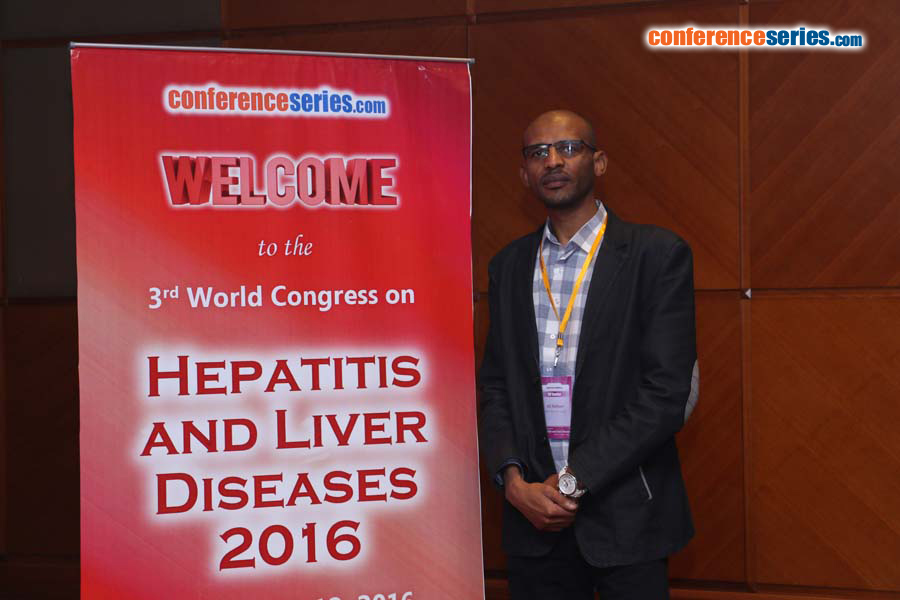
Ali Mahzari
RMIT University, Australia
Title: Matrine eliminates hepatosteatosis and glucose intolerance in high fructose-fed mice by suppressing ER stress associated de novo lipogenesis in the liver
Biography
Biography: Ali Mahzari
Abstract
Matrine is a small molecule (MW: 248) isolated from a natural product and used as a prescribed hepatoprotective drug in humans with little adverse effect. Our recent work shows that matrine can reduce glucose intolerance in mice caused by excess lipid intake directly from diet. Here, we investigated whether matrine may also be efficacious for hepatosteatosis and glucose intolerance due to hepatic de novo lipogenesis from high carbohydrate. This study was performed in high fructose-fed mice for 8 weeks with matrine treatment (100 mg/kg/d) administered in the last 2 weeks. We found that matrine markedly reduced hepatosteatosis (100% reduction in triglyceride content, p<0.01 vs. untreated group) and glucose intolerance (ACU: HFru+HuM1 vs. untreated, P<0.05) without affecting caloric intake. Fructose-induced increases in SREBP1c (by 66%) and SCD1 (by 72%) in the hepatic lipogenic pathway were all suppressed by the treatment with matrine (all p<0.05). As our earlier work revealed ER stress as a mechanism of fructose-induced de novo lipogenesis, we examined hepatic ER stress following matrine treatment. Indeed, matrine significantly decreased IRE1 by 2 fold (p<0.01 vs. untreated group) in the ER stress pathway. These results together suggest that matrine eliminates hepatosteatosis and glucose intolerance by suppressing ER stress associated lipogenesis in the liver. To further assess the implications of these findings to the glycaemic control for diabetes, we generated a type-2 diabetes model in mice by high fat feeding (to produce insulin resistance) plus low doses of streptozotocin (to decrease plasma insulin by 50%). Consistent with the effects in high fructose-fed mice, matrine reduced hepatic triglyceride content (by 60%) and SREBP1c level (by 57%, p<0.05) in the liver and significantly lowered the hyperglycaemia. Collectively, our findings indicate that the hepatoprotective drug matrine may be repurposed for the treatment of hepatosteatosis and type-2 diabetes associated de novo lipogenesis in the liver.




